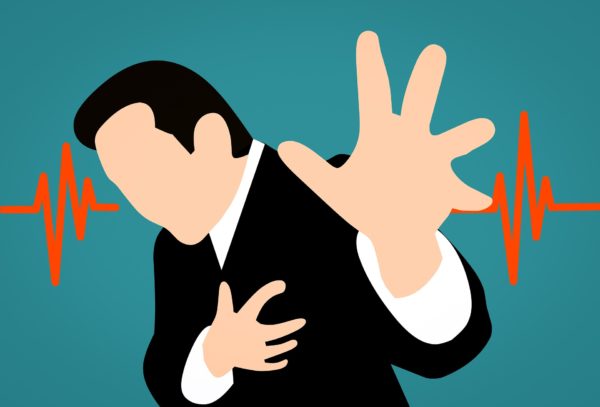COVID-19. A topic that continues to dominate the worldwide stage as its insidious appendages clench the workers’ compensation community.
Given the relatively young age of this disease process and the hundreds upon hundreds of articles published, the only completely accurate thing we know is that we do not know everything about this disease. The purpose of this brief paper is to help the workers’ compensation professional establish when there can be a realistic expectation of maximum medical improvement.
Every jurisdiction has their own definition of maximum medical improvement. Furthermore, as noted in the American Medical Association Guide to the Evaluation of Permanent Impairment, 6th Edition, maximum medical improvement refers to a status “where patients are as good as they are going to be from a medical and surgical treatment available to them.” In short, it is not expected further material recovery could arise.
Given the relatively young age of this disease process, which was first identified in December 2019 and achieved worldwide pandemic status a few months later, we are continuing to learn additional complications secondary to this medical malady. From a generalized perspective, several conclusions can be drawn even with the understanding that every case is unique.
The first question to be resolved is what is an absolute sequela of this particular infection in this specific case? The literature is rife with possible complications of this disease. The more common noted complications include pulmonary (pneumonia/acute respiratory distress syndrome/pulmonary edema); acute kidney injury; cardiac disease (myocardial infarction, congestive heart failure, conduction difficulties, atrial fibrillation); neurological losses including stroke, “brain fog” (anoxia) seizure disorders; and psychiatric disorders, such as posttraumatic stress disorder (PTSD), anxiety, and depression.
There are also several studies suggesting that diabetes or possible hepatic injury are possible complications caused due to the disease process of COVID. The list of possible complications extends well beyond what is listed here. The key point to remember is that prior to determining maximum medical improvement, each of the noted complications must be addressed clinically and determined to be stable.

After objectifying and noting the primary sequela of the disease process, the question becomes whether there has been notable change in the overall clinical situation reported on the progress notes? If the answer is no for 2 or 3 months, then it is safe to presume that the overall clinical situation has plateaued and no further improvement is expected. At that point, a direct inquiry to the primary treating provider asking the question “Has maximum medical improvement been reached?” should be forwarded.
This is not to say that the sequelae of the disease process have been completely resolved, only that one does not expect significant functional gains to have occurred and as such a maximum medical improvement should be determined.
To be clear, there is a great deal we do not know about this disease process, and that the overall clinical situation could change. However, based on current literature, an overwhelming majority of individuals should be at maximum medical improvement between 21 and 30 days from the date of onset infection.
You should know, the literature reports that 65% of all those infected are “better” between 14 and 21 days after the onset of the noted infection. There are some citations in the literature noting that 90% of all COVID infected individuals have recovered within two weeks. An additional fact is that anywhere from 18% to 81% of the affected population will be asymptomatic. As such, in these cases, it is clear that maximum medical improvement would have been reached by the 30th day (if not sooner) from the date of onset of symptomology or infection. If they are minimally symptomatic or completely asymptomatic, no further material is suggested, and maximum medical improvement has been reached.
Therefore, obtaining clinical records of those individuals who are symptomatic after each clinical evaluation would be imperative. When those notes indicate no substantive worsening of symptomology, and that the overall clinical situation is stable for approximately two months, specific inquiries to the primary treating provider asking for a determination of maximum improvement should be pursued by the workers compensation professional. To be clear, there is a great deal we do not know about this disease process, and that the overall clinical situation could change. However, based on current literature, an overwhelming majority of individuals should be at maximum medical improvement between 21 and 30 days from the date of onset infection. Those who are “long-haulers” (a.k.a. post-COVID syndrome) should be clinically assessed frequently and thoroughly to ascertain the earliest possible date of maximum medical improvement.

